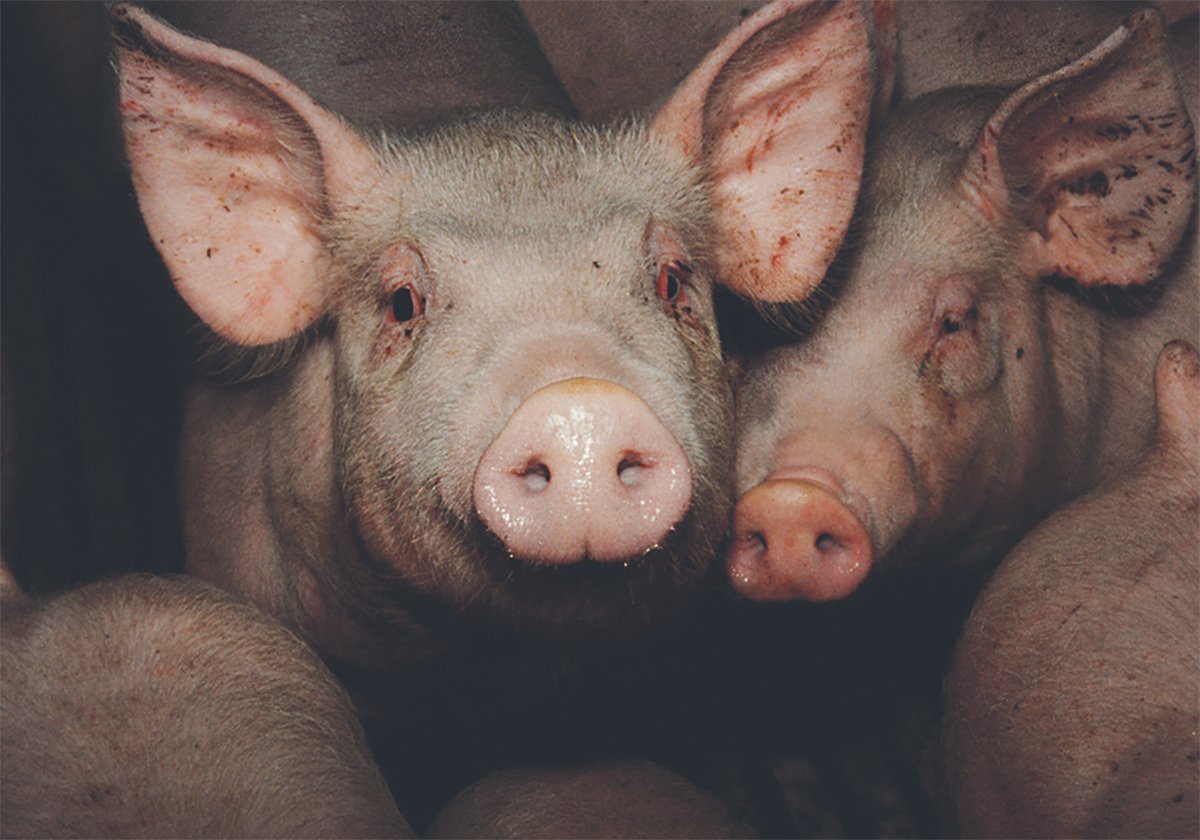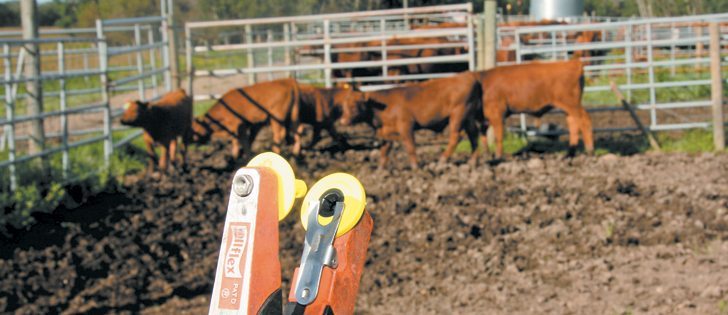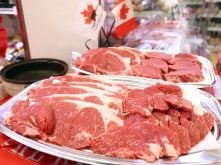Starting a conversation about cattle tagging is a sure-fire way to raise the temperature at a beef producers’ meeting.
Rebekah Klassen, animal identification lead with the Canadian Food Inspection Agency, did just that in early February during Manitoba Beef Producers’ annual meeting in Brandon.
All cattle in Canada must have a radio frequency identification tag that is approved by the Canadian Cattle Identification Agency before leaving their farm of origin or current location.
The CFIA is responsible for enforcing the cattle tagging program and has the power to impose fines of $500 to $4,000, according to the CCIA website.
Read Also

The Western Producer Livestock Report – October 30, 2025
Western Producer Livestock Report for October 30, 2025. See U.S. & Canadian hog prices, Canadian bison & lamb market data and sales insights.
Klassen shared information on the do’s and don’ts of cattle tagging and when and why the CFIA imposes fines.
The message was not well received.
Instead, producers had direct and aggressive questions following the presentation.
Don Guilford, a producer from Clearwater, Man., wanted to know if it’s acceptable to take a bull to a veterinarian for semen testing if the bull doesn’t have a tag.
Klassen said all animals should have a tag before leaving the farm. If not, it should be tagged at the vet before returning to the farm.
Other farmers laid out complex scenarios for potential infractions, wanting to know who is responsible when cattle are bought and sold without tags: the producer, the trucker or the auction mart?
Rick Wright, administrator of the Manitoba Livestock Marketing Association, said cattle auction marts and order buyers also want clarification on that matter.
He said it’s not fair to fine auction marts because it’s extremely difficult for staff to check for tags.
“At a market where we have 3,500 cattle arriving in 12 hours, we don’t have time to look at every calf…. If the farmer hasn’t notified us, we’re assuming they’re all (tagged),” he said.
“We have been forced into being the inspectors for the CFIA. If we don’t do our due diligence and look for missing tags, we can and have been fined…. I get… a $1,300 fine for something that’s not my responsibility.”
Hostility toward the CFIA and tagging enforcement isn’t a new issue, but confusion over the rules persist, even though RFID tags have been required since 2010, according to the CCIA’s website.
Mixed up messages are responsible for most of the confusion, said Theresa Zuk, a producer from Arborg, Man.
“We are told by CFIA if you do this, this and this, you won’t be fined … but sometimes the communication ends there,” said Zuk, Manitoba Beef Producers’ representative on the CCIA board.
“All producers should know that animals need to be tagged for transport, but sometimes we just can’t…. You (might) have an eight-year-old bull that you can’t even get in the chute…. We have an aging cattle producer (demographic). Some of these guys can’t physically do it.”
Lost tag tolerance?
- The Canadian Cattle Identification Agency released preliminary findings in January of a study on mature cows and ear tag retention. After looking at cows in 13 herds, the CCIA found that tag loss was 3.8 to 35.3 percent. On average, it was 11.1 percent.
- Rick Wright of the Manitoba Livestock Marketing Association said the study shows that regulations around cattle tagging should be adjusted.
- “We’re asking for a 10 percent tolerance level for missing tags for all producers.”
Contact robert.arnason@producer.com
















